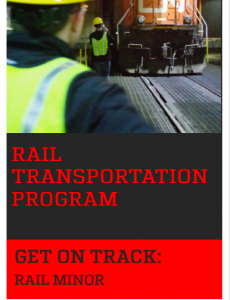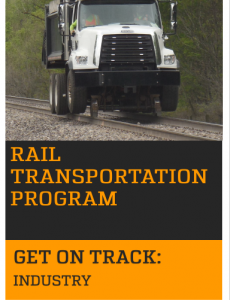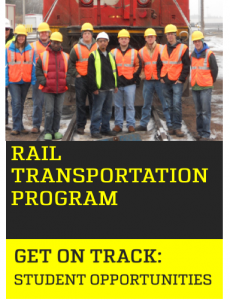The objective of this research project is to understand how drivers respond to rail crossings on rural, low-traffic roads. In this study we presented a variety of rail crossings with different markings and safety features using a NADS Minsim driving simulator with a recently developed set of train crossing scenarios and train cars and engines. In some cases, a train is present and in others there is no train. Driver response is measured both physiologically through heart rate measurements as well as by measuring vehicle characteristics such as braking distance and deceleration profiles as the driver approaches a crossing. Among the issues studied are driver responses to various rail crossing signs as well as the driver behavior related to the expectation of a train approaching. The end result of this project will be a better understanding of how drivers recognize crossing situations, and how they behave in rural low-traffic conditions where train traffic is rare.
Upcoming Events
June 1st, 2024






